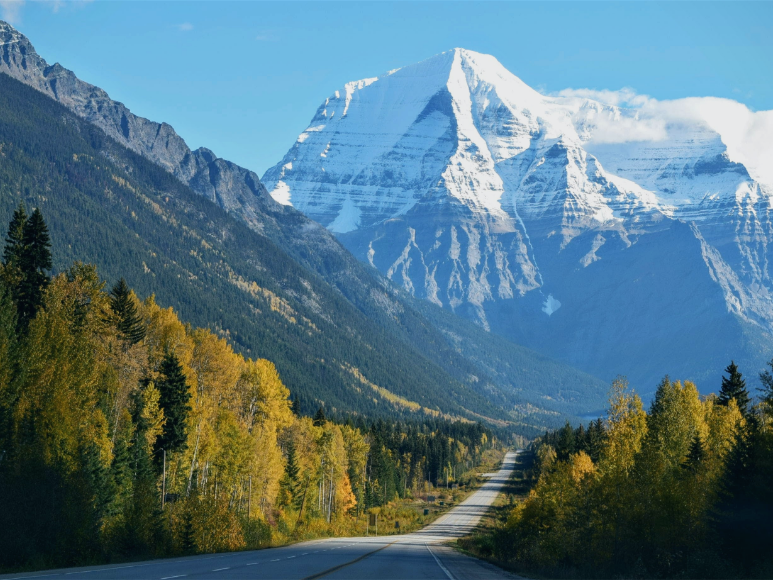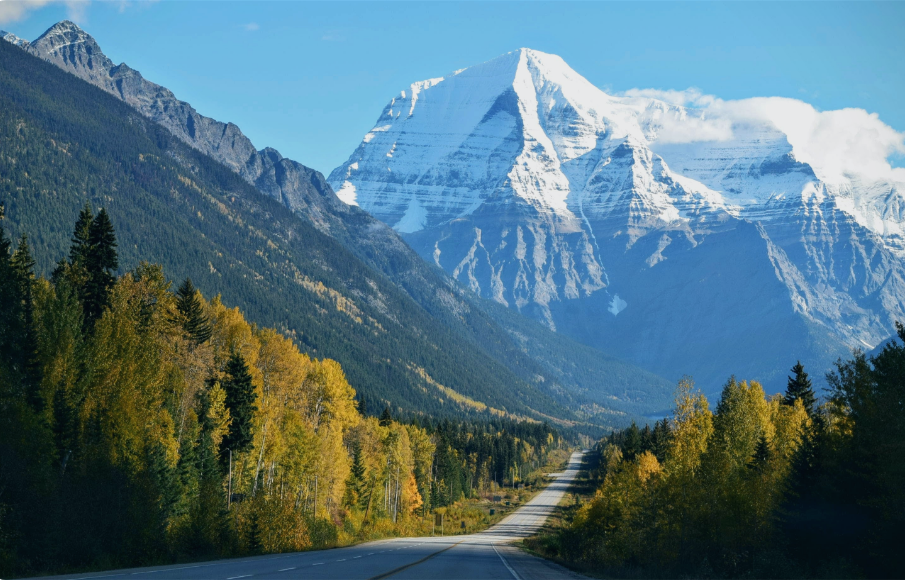Planning a quick escape to a buzzing city should feel easy—fun, even. Yet too often, we land, drop our bags, and sprint from one “must-see” to the next. By the time we fly home, we need… another vacation. There’s a better way. Here’s our simple, field-tested guide to designing a city break that actually feels like a break—crafted the Celliermorel way.

Start with a vibe, not a checklist
Before you name a single landmark, pick a feeling. Do you want slow café mornings, design galleries, and river walks? Or street food, neon nights, and rooftop views? When you choose a vibe first, decisions get easier. If something doesn’t match the feeling, it’s a “no.” Clean, quick, painless.
Try this 2-minute filter
- If the city had only one neighborhood to see, which would it be?
- If you could do only two activities, what are they?
- If it rains all day, how do you want to spend those hours?
Answer honestly, then build from there.
Sleep where your feet want to be
Location beats luxury on short trips. Pick a base that puts you within a 10–15-minute walk of your top spots. You’ll save time, skip taxis, and stumble into great side streets—the soul of any city.
Celliermorel rule of thumb: If a hotel’s “big selling point” is a view you’ll enjoy for five minutes, keep looking. We’d rather be near the bakery with the warm croissants.
Win the morning, win the day
Crowds are the enemy of joy. Get to the big attraction right at opening, then reward yourself with a long brunch nearby. You’ll feel like a wizard all day.
Our favorite morning pattern
- Early entry or first slot (pre-book whenever possible).
- Short walk to a café with real cups and people reading real newspapers.
- One unplanned hour to wander—shop windows, small parks, alley murals.
By lunch you’ve already “won,” which means you can go slow in the afternoon—museum, market, or a boat ride if the city has water.
Plan one anchor per day—then stop
More than one “anchor” (major time-locked activity) turns your trip into a relay race. Pick one: a timed gallery, a stadium tour, a cooking class, a concert. Around that anchor, keep everything flexible. If you fall in love with a bookstore, stay. If you discover a street festival, join it.
Eat like a curious local, not a guidebook
Big lists cause decision fatigue. Instead, aim for:
- 1 reservation (the place you’ll remember),
- 1 neighborhood walk with spontaneous snacks,
- 1 classic (the dish the city’s proud of).
Ask a bartender, concierge, or barista: “Where would you take a friend who’s visiting for the first time?” Works like magic.
Move smarter, not farther
Back-to-back points on a map don’t mean back-to-back in real life. Cluster your days:
- Day 1: Near your hotel, light and local.
- Day 2: The “postcard” sights—done early, with pre-booked entries.
- Day 3: A contrasting area—canals vs. hills, old town vs. arts district.
Use trams and trains where they shine. Ride-shares fill the gaps at night or in bad weather. If bikes or scooters are safe and common, try them once—joy is allowed.
Pack like you mean it
Small bag, big freedom. Bring layers, a compact umbrella, and comfortable shoes that don’t need “breaking in.” Leave space for a single, meaningful purchase: a print from a local artist, a scarf from a market stall, a spice blend you can use at home.
Tiny kit that saves the day: phone battery, two band-aids, lip balm, and a pen. You’ll thank yourself.
Sample 3-day blueprint (steal this)
Day 1 – Settle & savor
- Check-in, 20-minute reset.
- Neighborhood walk: bakery → park bench → indie shops.
- Sunset viewpoint or river walk.
- Dinner near your hotel; early night or a late jazz bar, your call.
Day 2 – Iconic, without the crowd
- First-entry ticket to the headline museum/landmark.
- Brunch within a 10-minute stroll.
- Two-hour wander through a market district.
- Afternoon break (yes, actual rest).
- Reservation dinner; night tram or rooftop for the lights.
Day 3 – The city’s other face
- Local specialty coffee; creative district galleries.
- Hands-on class (pasta, ceramics, photography walk).
- Long lunch; final hour for that “one shop” you bookmarked.
- Depart with a calm heart and a full camera roll.
Bad-weather playbook
Rain happens. Wind happens. Don’t let it steal your mood.
- Swap open-air plans for covered arcades, food halls, bookstores, or design stores.
- Do a “tram tour”: ride a scenic public line end-to-end, hop off where it’s lively.
- Upgrade the afternoon to a spa hour or old-school cinema. Cozy is a valid travel goal.
Greener choices that still feel luxe
Sustainability isn’t about suffering. It’s about smarter swaps:
- Trains for short hops.
- Centrally located hotels (fewer rides, more walks).
- Smaller, seasonal menus.
- Bring a light tote for markets; say no to extra bags.
Tiny shifts, big impact—without dulling the sparkle.
Safety, the calm way
Share your live location with a trusted person, keep valuables zipped and forward-facing, and stick to lit streets after dark. If something feels off, it probably is—change course without apologizing.
When to DIY, when to ask for help
You can absolutely plan a trip yourself. But if time is tight, dates are fixed, or you want special access, bring in a pro. We negotiate early entries, timed routes that actually flow, and last-minute pivots when flights or weather misbehave. You get the good bits—without the gray hairs.
The Celliermorel difference
We start with how you like to move through a day, then design around it. No “10 sights before lunch.” No mystery fees. Just clear options, smart timing, and real support from the moment you say hello to the moment you’re home with a story you can’t stop telling.

